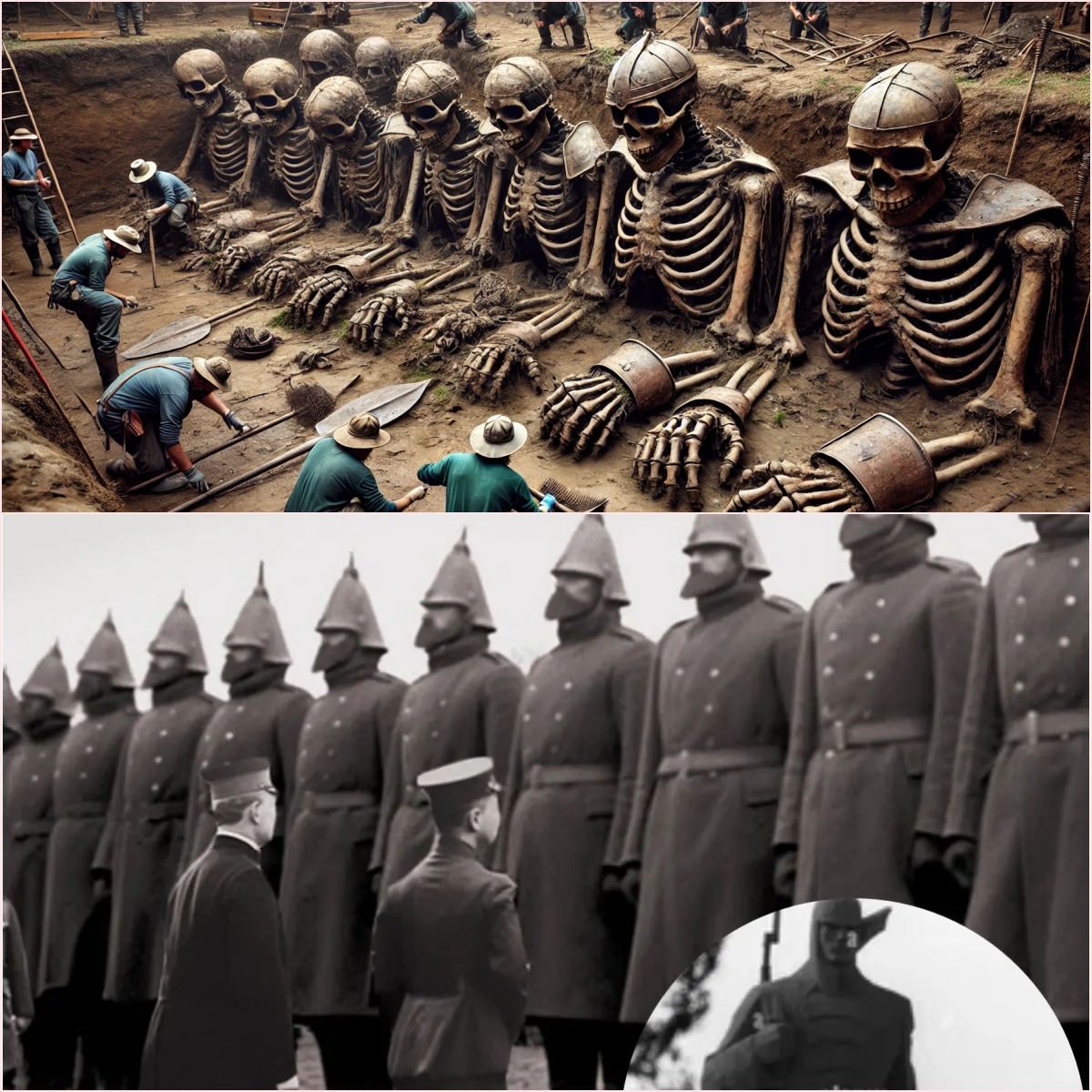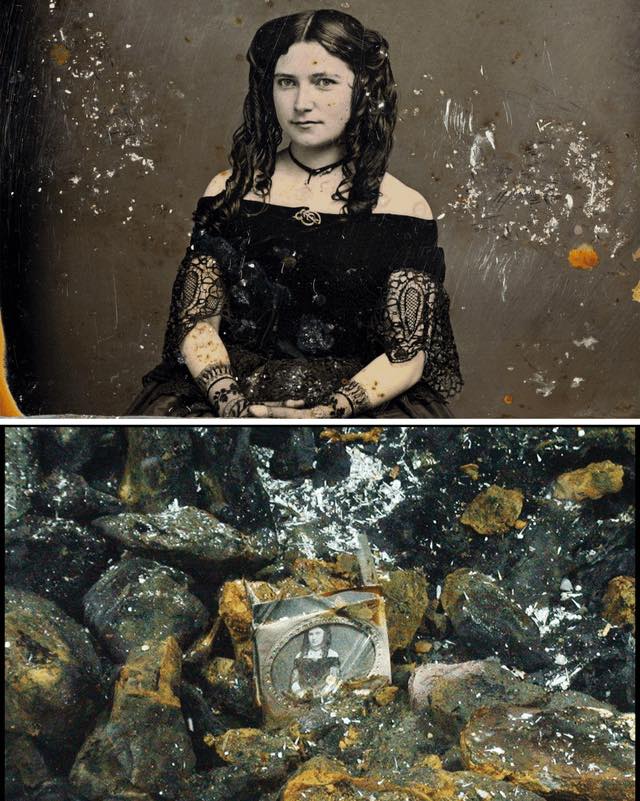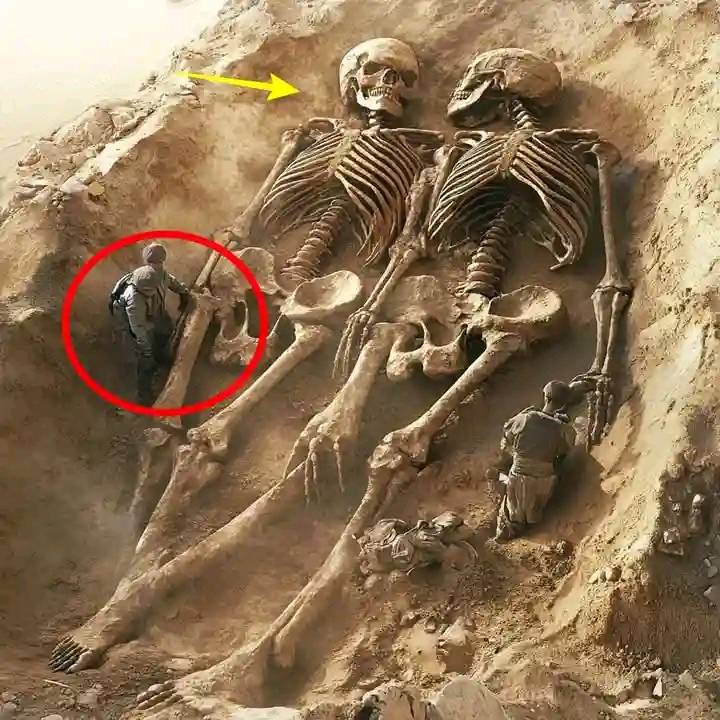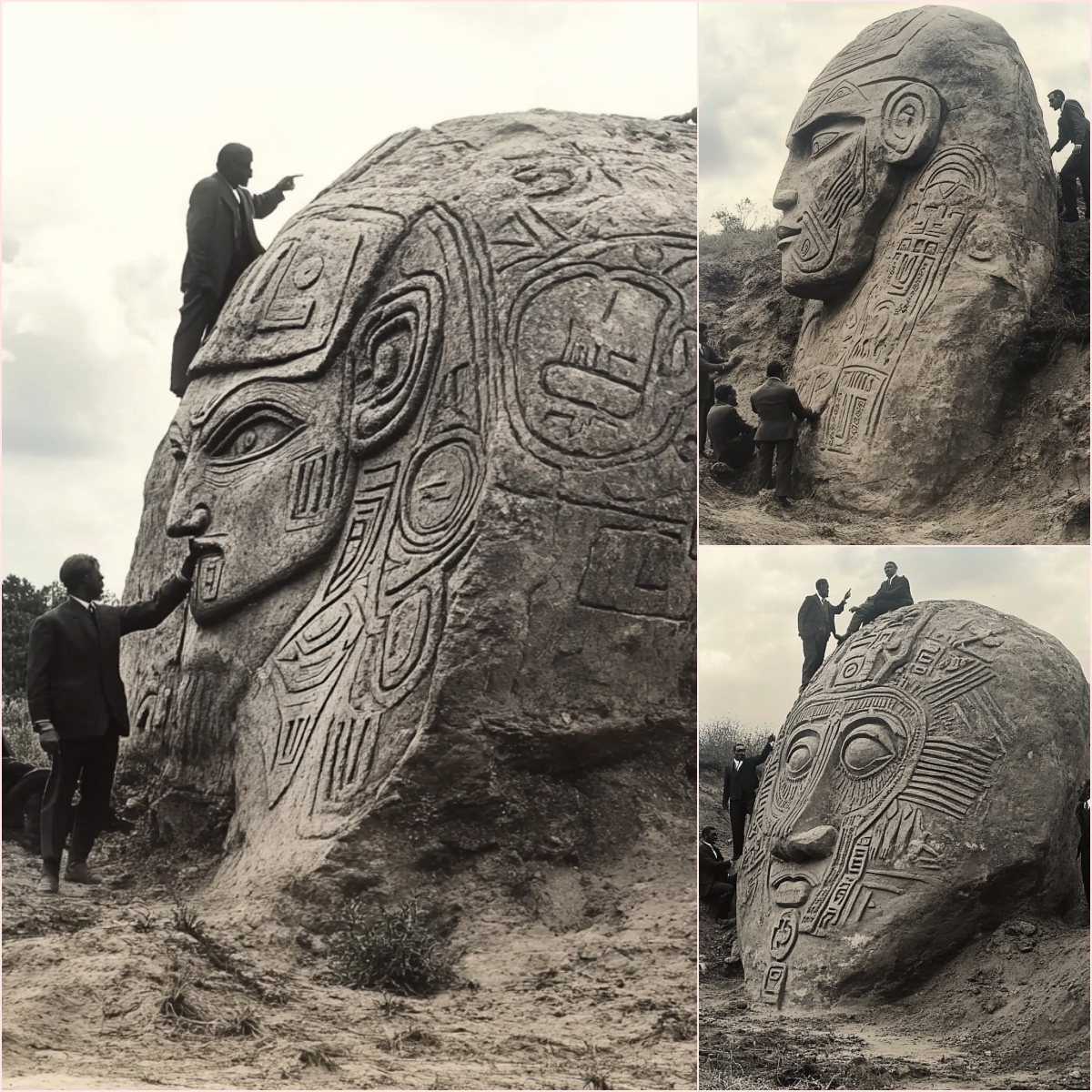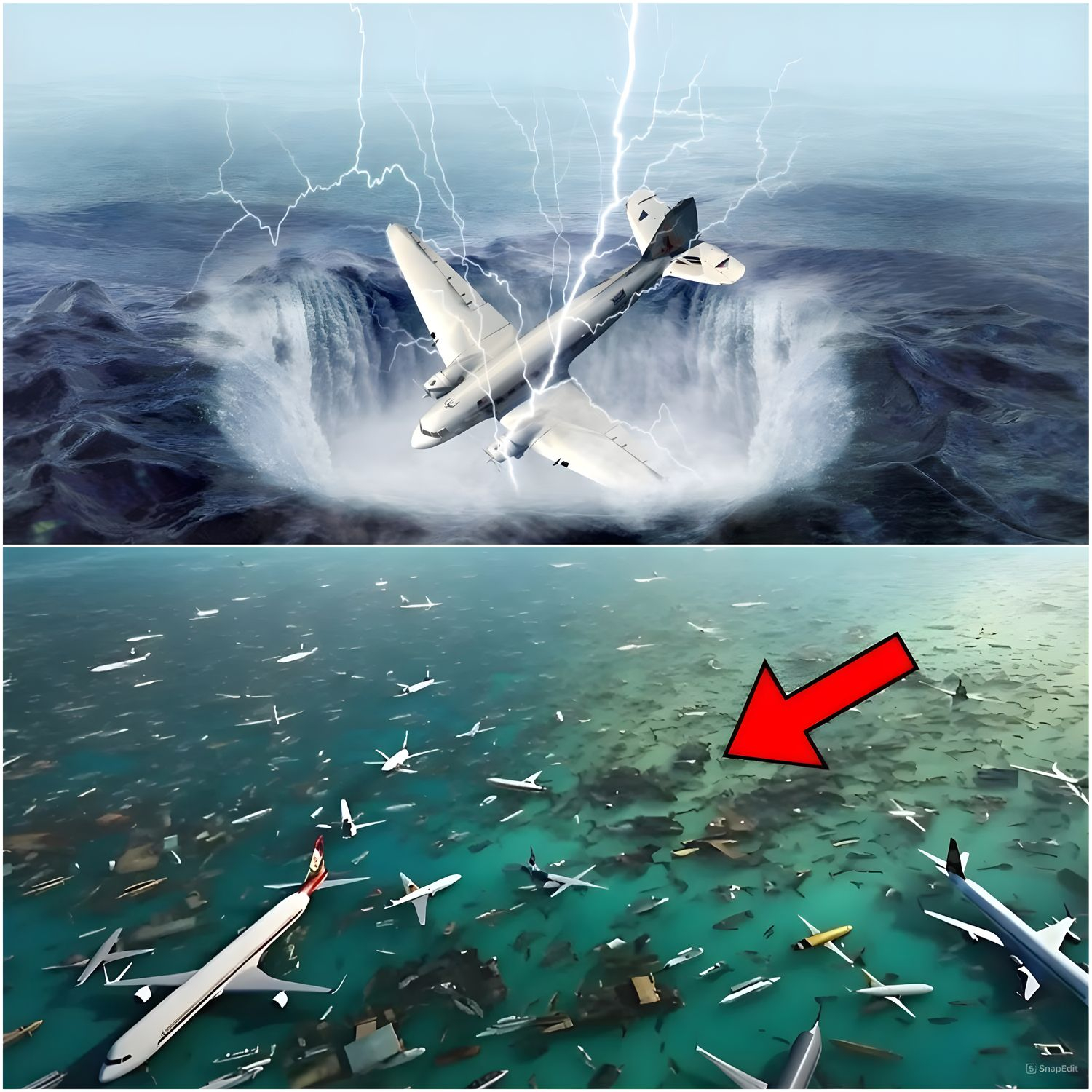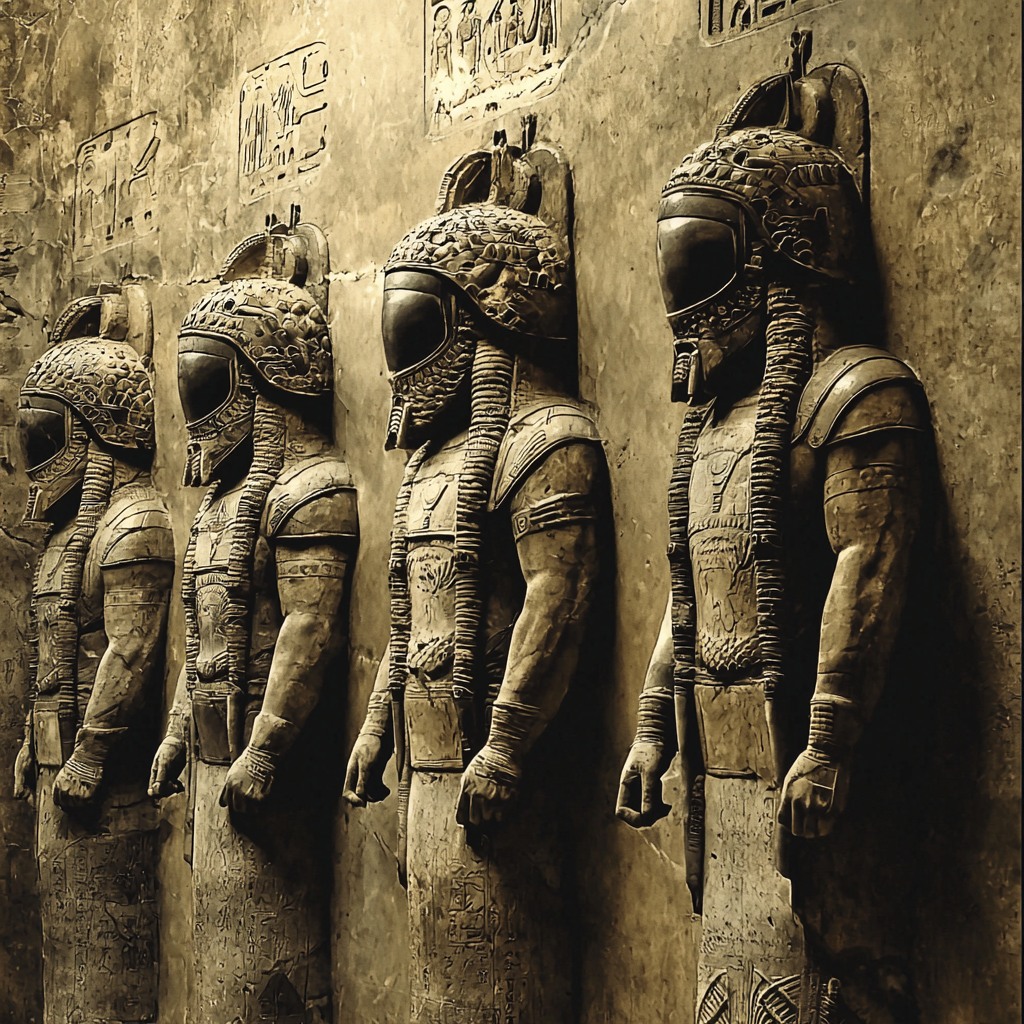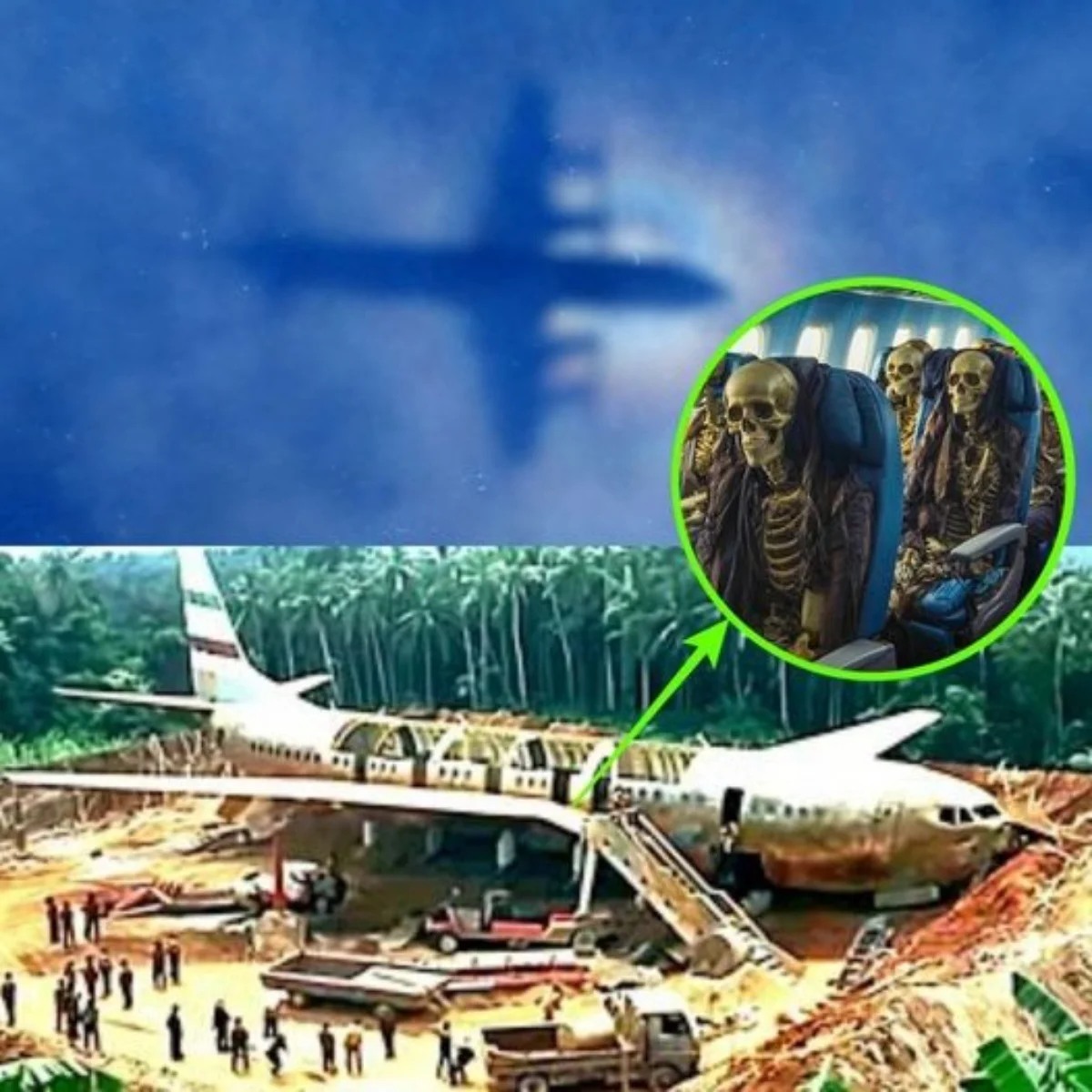The Advanced Droids of Tartary: A Technological Mystery of the Past In the mystery of Tartary, an advanced civilization lost to history, many theorists argue that this culture would have possessed surprisingly advanced technology, which could have included droids or autonomous machines built with knowledge far ahead of their time. These theories hold that Tartary not only mastered fields such as architecture and engineering, but also had a level of automation and robotics that could have been the precursor to modern technologies, long before humanity had the ability to develop them. The Existence of Droids The idea that Tartary had advanced droids comes from reports and speculation from various sources suggesting that autonomous machines were a part of everyday life for the Tartary people. These droids could have been used for a variety of purposes: from building gigantic structures to domestic tasks or even as part of their military. The autonomous machines on Tartary might have been a primitive form of modern robots, perhaps operating on unknown energy principles or using power sources such as free energy or electromagnetic energy, which in conspiracy theories are often associated with extraterrestrial technologies. How Did the Droids of Tartary Work? According to some proponents of the theory, the droids of Tartary were not just simple mechanical tools, but possessed highly advanced sophistication, perhaps even with features that made them interact with their environment intelligently. In some accounts, these droids are described as having sentient and autonomous capabilities, capable of making decisions and performing tasks without direct intervention from humans. This idea resonates with the modern idea of robots and intelligent machines, albeit in an older, more mysterious context. The operation of these droids might have been based on principles that go beyond the electrical or mechanical technology we know today. Some theories suggest that the machines of Tartary were powered by an unknown energy, a form of free energy, or even quantum energy that allowed the droids to function more efficiently than today's machines. The Role of Extraterrestrials One of the key pieces of the theory regarding the droids of Tartary is the influence of extraterrestrial civilizations in the development of these technologies. Some believe that the Tartary droids were the result of alien contacts and that advanced knowledge about energy, mechanics, and robotics was imparted by beings from other worlds. This idea is based on the premise that Tartary, being an extremely advanced civilization, would have had access to technologies that were not available to other cultures of their time, and perhaps could only have been understood or harnessed with the help of beings with higher knowledge. The extraterrestrial influence in the creation of the droids could have allowed them to overcome the limitations of Earthly technology of the time, creating machines that were not only functional, but intelligent and autonomous. This type of interdimensional or interplanetary collaboration could have been integral to Tartary's success and greatness before its mysterious disappearance. Archaeological Evidence and Controversy In terms of archaeological evidence, many proponents of the Tartary droid theory point to the presence of impressive structures and unexplained artifacts that seem to defy current knowledge of engineering and technology. Some argue that certain machines or devices that have been found at ancient sites in Tartary could have been the remains of these advanced droids. However, the lack of direct evidence causes these theories to be viewed with skepticism by the scientific and academic community, who view many of the claims as lacking a solid factual basis. Furthermore, theories suggesting the existence of droids in Tartary are often intertwined with broader ideas about the existence of lost civilizations and historical manipulation, making them a controversial field for serious researchers. Conclusion The mystery of Tartaria’s advanced droids remains one of the most intriguing pieces in the puzzle of this lost civilization. Speculations about intelligent machines that would have been powered by more advanced technology than we are aware of today offer a fascinating insight into what this ancient civilization might have been like. Although there is no conclusive evidence to support the existence of such droids, theories linking Tartaria to extraterrestrial technologies continue to capture the imagination of historical mystery and alternative theory enthusiasts. Tartaria and its possible technological advancements will undoubtedly remain a topic of debate and research for years to come.
4 min read

